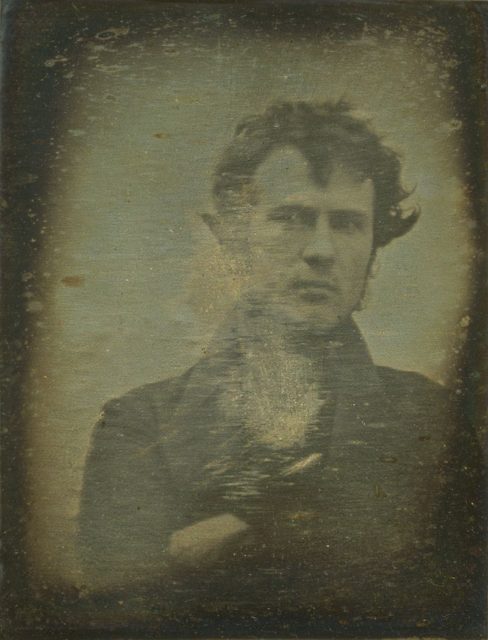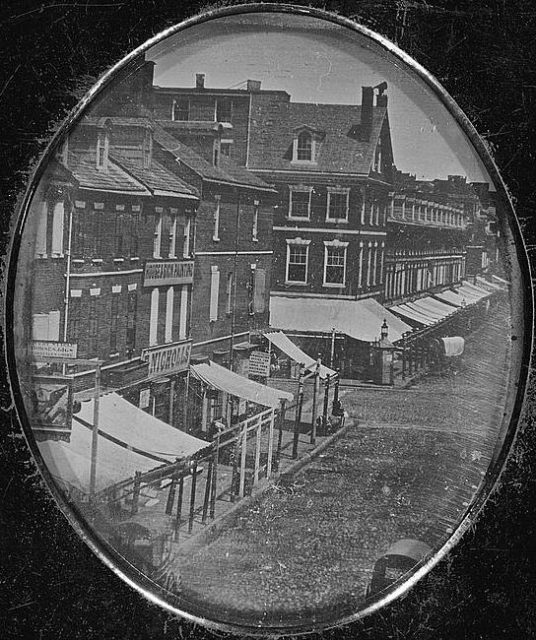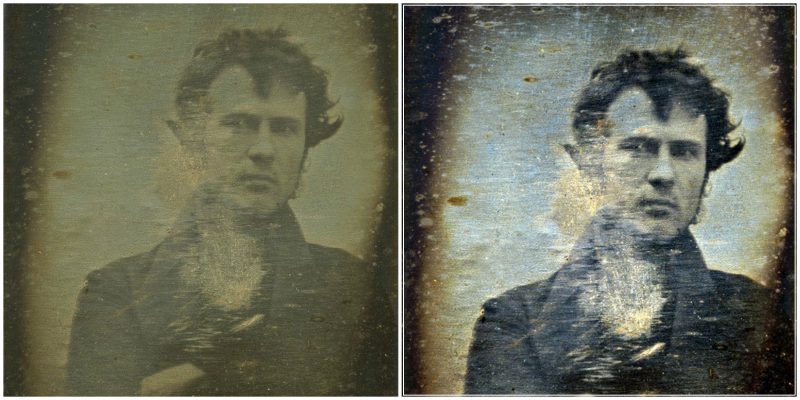Although the world saw the first photography a long time ago, we can say that in the past few years, the technology has changed and developed a lot, mostly thanks to the development of smartphones. What was once considered high-tech available only for the once who needed it, today is accessible to almost every person in the world? One of the main changes brought by the smartphones is the selfie photography. Originally invented for video calls, the front camera was introduced to the world in late 2003. Since then, the technology of video telephony has seen a lot of changes and developed rapidly.
As many times before, the new technology brought a side effect: the social phenomenon called selfie. Probably the most popular type of photography nowadays gives full control over the photography taken by the photographer, so social networks have become overwhelmed with selfies. Many would think that the first selfie was taken in 2003, but it was taken far before the invention of the “selfie camera.”

Robert Cornelius was an American photography pioneer, born 1809 in Philadelphia. Robert showed interests in chemistry since his young years and joined his father in the business of silver plate production and metal polishing. After becoming successful and well known for his works, Cornelius was approached by the American inventor Joseph Saxton. The inventor asked Robert to produce a silver plating for his daguerreotype, and this was the spark that started Robert’s interest in photography.
The daguerreotype was the first photographic process available for the public, and the most commonly used for nearly 20 years after its invention. Named after its inventor Louis-Jacques-Mandé Daguerre, the daguerreotype was introduced to the world in 1893. The process was quite complicated. The photographer, or daguerreotypist, in this case, polished a sheet of silver-plated copper until it looked like a mirror. After this, the plate would be treated with fumes, becoming light sensitive so it can be exposed in a camera for as long as needed.
The lightning was the deciding factor in the time duration before making a photography. The well-lit surroundings meant that few seconds were needed to take the daguerreotype. Less lightning made the process quite longer.
After getting introduced to the process, Robert Cornelius decided to develop further and perfect the daguerreotype. His works resulted in what’s today known as the first selfie.
Since daguerreotype needed a lot of light, Robert had to work outdoors. The famous first selfie was taken in October 1893, outside the lamp and chandelier store which was owned by his family. For the photo, Robert used a box fitted with a lens from an opera glass. Since the daguerreotype needed 3-15 minutes to be taken, the young photographer had enough time to uncover the lens, run into the shot, stay there as long as necessary or more, and then replace the lens cap.
In the self-portrait, Robert’s image appears off center, showing a man with tousled hair and his arms crossed, looking at the camera with uncertainty.
This is the oldest known photograph of a human in America. Daguerre’s photograph of the Boulevard du Templ was taken one year earlier and depicts two human figures on the sidewalk, which had accidentally appeared on the image.

After this success, in the period from 1841 to 1843, Robert started and operated tow of the first photographic studios in the United States. As the popularity of photography grew, and more photography studios were opened, Cornelius closed his studios.
It is uncertain whether he lost interest in photography, or became money driven, realizing he could earn more by working in his family gas and lighting company.
